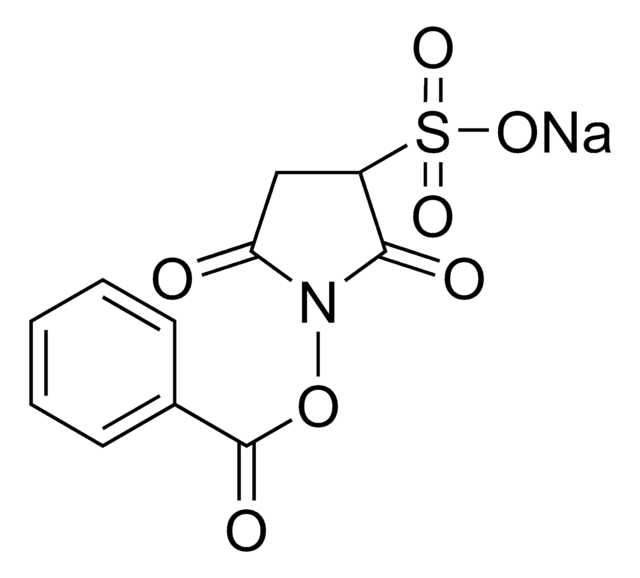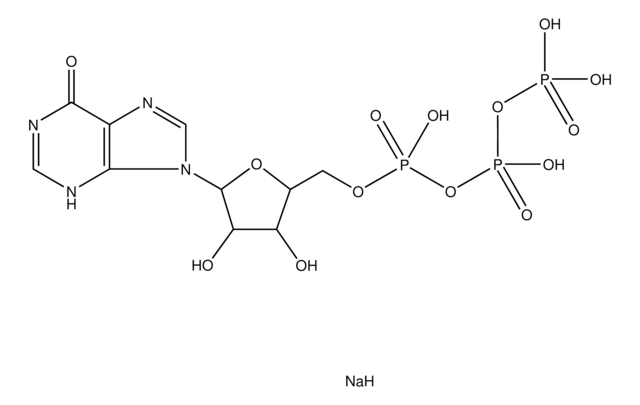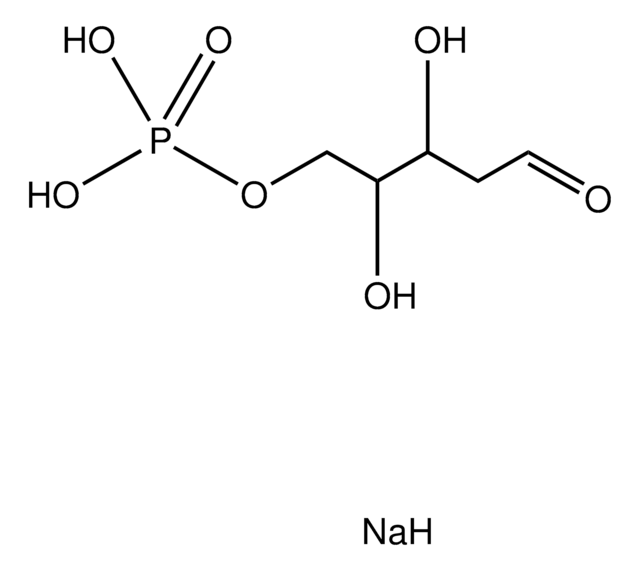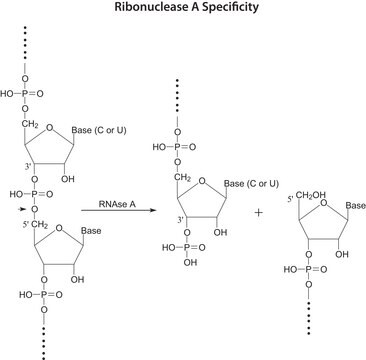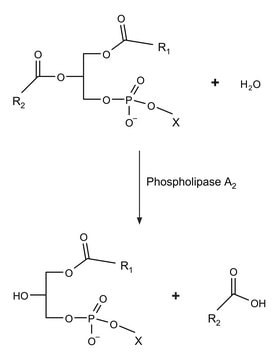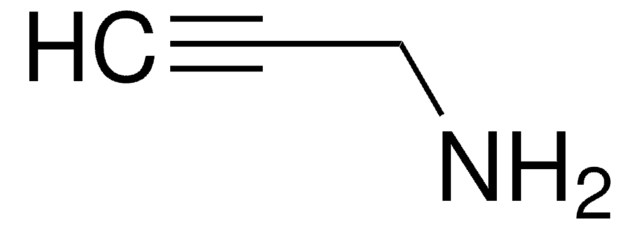808490
N6-Propargyl-ATP sodium salt
Sinónimos:
(N6pATP) sodium salt, N6-Propargyl-adenosine-5’-triphosphate sodium salt
About This Item
Productos recomendados
assay
≥95% (HPLC)
Quality Level
form
solid
reaction suitability
reaction type: click chemistry
solubility
10 mM Tris-HCl, pH 7.5: soluble
shipped in
wet ice
storage temp.
−20°C
SMILES string
O[C@@H]([C@H]1O)[C@@H](COP(O)(OP(O)(OP(O)(O)=O)=O)=O)O[C@@H]1N2C=NC3=C2N=CN=C3NCC#C
InChI
1S/C13H18N5O13P3/c1-2-3-14-11-8-12(16-5-15-11)18(6-17-8)13-10(20)9(19)7(29-13)4-28-33(24,25)31-34(26,27)30-32(21,22)23/h1,5-7,9-10,13,19-20H,3-4H2,(H,24,25)(H,26,27)(H,14,15,16)(H2,21,22,23)/t7-,9-,10-,13?/m1/s1
InChI key
MUOIWXPACQCYQC-RJNFYWFKSA-N
Categorías relacionadas
Application
Storage Class
11 - Combustible Solids
wgk_germany
WGK 3
flash_point_f
Not applicable
flash_point_c
Not applicable
Elija entre una de las versiones más recientes:
¿Ya tiene este producto?
Encuentre la documentación para los productos que ha comprado recientemente en la Biblioteca de documentos.
Los clientes también vieron
Nuestro equipo de científicos tiene experiencia en todas las áreas de investigación: Ciencias de la vida, Ciencia de los materiales, Síntesis química, Cromatografía, Analítica y muchas otras.
Póngase en contacto con el Servicio técnico
![γ-[(Propargyl)-imido]-ATP sodium salt](/deepweb/assets/sigmaaldrich/product/structures/394/730/00e7a2cd-6683-4939-9d87-4c35480b1186/640/00e7a2cd-6683-4939-9d87-4c35480b1186.png)

